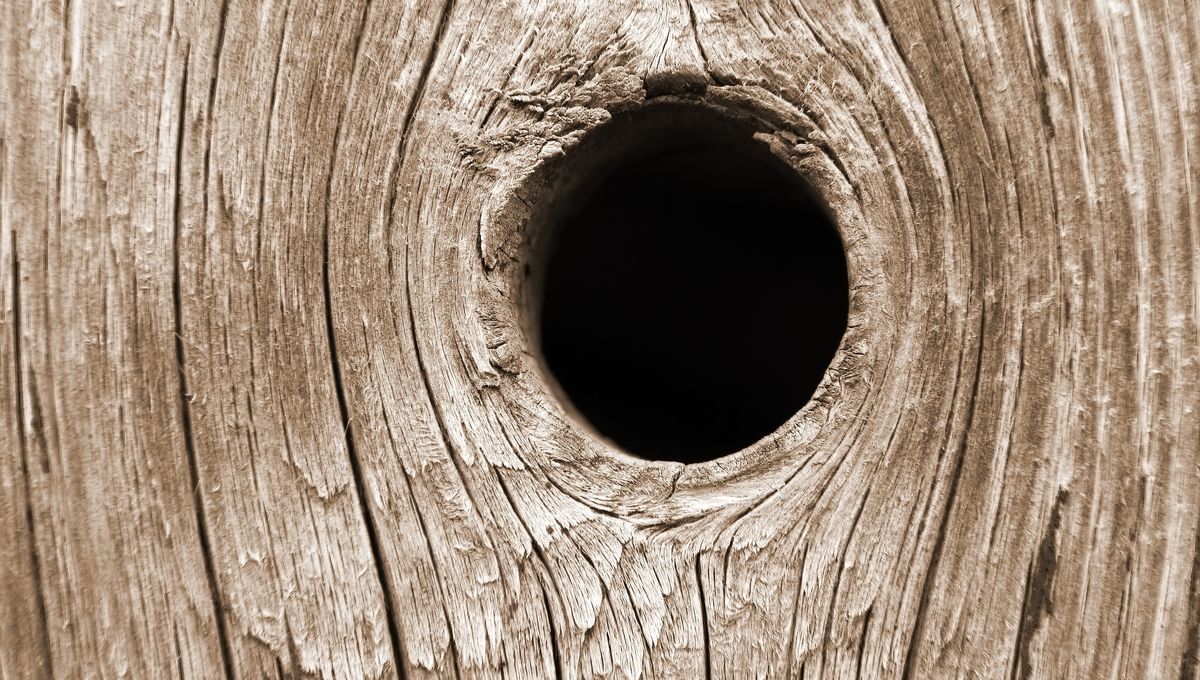
Have you heard of trypophobia, the fear characterized by an aversion to clusters of small holes? Awareness of the phobia has become more widespread in recent years, creating a source of fascination for the public and the scientific community alike. But is it just another human quirk, or does trypophobia have an evolutionary root? New research argues that the phobia’s origins could be explained by two hypotheses: the “dangerous animal” hypothesis and the “skin disease-avoidance” hypothesis.
According to evolutionary psychology, our brains may still implement certain mental algorithms that we, as a species, acquired during our evolutionary history. This means that even though we no longer live in the environments and conditions that our ancient ancestors did, our behavior could nevertheless be triggered by certain things in the world today.
So phobias like those related to snakes or spiders, for instance, may be leftovers from our evolutionary past. In fact, many researchers believe we may have inherited fear responses as a mechanism to keep us safe from these creatures that once exerted pressure on us in the distant past. Even the fear of heights may be explained by this process, but does it work for every source of fear?
This is what drove the latest research conducted by evolutionary psychologists in France and Slovakia. They wanted to see if a phobia like trypophobia could have similar evolutionary roots.
This phobia was largely unknown until the rise of the internet in the 2000s. At a time when people could share content with people from across the world, it soon became clear that many also shared a strange aversion to images of clustered holes related to innocuous things like beehives, soup bubbles, and even air holes in chocolate.
Trypophobia may seem an unusual phobia, but a significant portion of the population actually experiences some of its apparent symptoms. This suggests there may be an inherent and even adaptive reaction to certain stimuli.
One explanation for this is the so-called “dangerous animal” hypothesis. This holds that trypophobic reactions may be leftover from an evolutionary adaptive behavior designed to avoid dangerous animals. This is because many venomous creatures, including spiders and snakes, have patterns that resemble clusters of holes.
Trypophobia-triggering patterns and images of venomous animals can trigger similar neural responses, which could indicate a specific avoidance mechanism our ancestors developed. When people see these patterns in photos, or on an animal like a snake, for instance, they experience an increase in “early posterior negativity”, a neural response that occurs when we automatically process threatening visual information. This deep-rooted response could indicate an adaptive behavior.
Alternatively, trypophobia could be explained by the “skin disease-avoidance” hypothesis, which suggests that the fear evolved from mechanisms to avoid infectious diseases. Parasites and certain diseases create patterns on the skin that resemble clusters of holes. Serious infectious diseases like smallpox, plague, leprosy, typhus, and rubella all produce circular stigmata or clusters of pustules on the skin.
Interestingly, research has shown that trypophobia reactions are quite similar to ones of disgust, which is also the primary response involved in disease avoidance. At the same time, other research has shown that people who have higher sensitivity to disease disgust are more likely to experience trypophobia, which strengthens the idea that the two are related.
The researchers believe this idea of disgust is further supported by physiological evidence. Measurements of heart rate, skin conductance, and pupil diameter have all been used in the past to measure the emotion of disgust, but they have also shown that trypophobic images create stronger physiological responses than neutral images. It is possible that disgust may have helped our ancestors avoid potential sources of disease, which has now left behind trypophobia as a byproduct.
However, tropophobia is not yet recognized as a legitimate phobia by everyone. In fact, it isn’t included in the Diagnostic and Statistical Manual of Mental Disorders (DSM-5). But the researchers of this latest study argue otherwise – they believe that trypophobia meets many of the diagnostic criteria that should establish it as a “true” phobia.
If it can be recognized as a legitimate phobia, then it would open up the opportunity to investigate methods to help those who experience it. The team suggests that things like cognitive-behavioral therapy, exposure therapy, and medication may be useful to treat trypophobia. Previous case studies have shown their efficacy in relieving such symptoms, even though additional research is needed.
“In this review, we have examined why certain individuals experience negative emotions when confronted with images of clusters of holes. Evolutionary psychologists consider that trypophobia, like many other phobias, is the result of selective pressures faced by our hunter-gatherer ancestors in the remote past”, the team concludes.
“So the next time your eyes fall on a lotus seed head or a beehive, we hope we have helped the ‘Cro-Magnon in you’ better understand the reasons for the discomfort you feel or that others experience if you are lucky enough not to feel anything yourself!”
The study is published in the journal Evolutionary Psychological Science.
[H/T PsyPost]
Source Link: Tryophobia, The Fear Of Clustered Holes, May Have Evolutionary Roots